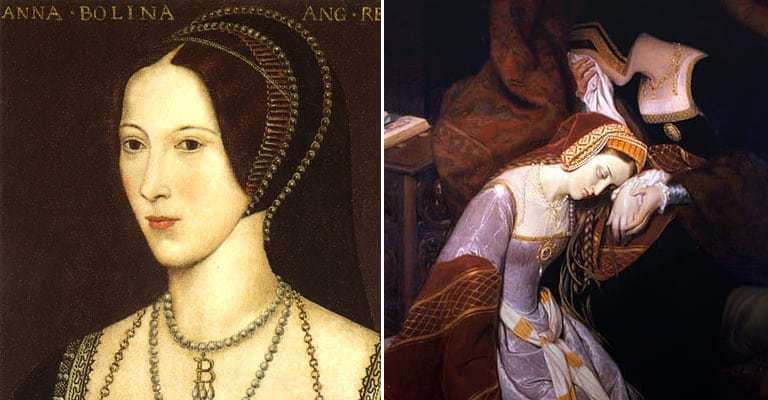Anne Boleyn is the stuff of legends as much as history. The second wife of Henry VIII and the mother of Elizabeth I, she was and continues to be many things to different people. To some of her contemporaries, she was Henry VIII’s second queen. Others, however, viewed her as nothing but an upstart whore who had displaced the King’s rightful wife. While Protestant reformers revered her as a champion of their cause, others viewed her as a schemer, heretic, and witch.
The real woman behind these varied views was much less polarized and more complicated. Anne could be cruel and kind in equal measure. She was a real renaissance woman, educated and cultured and open to new and often revolutionary ideas. Certainly, she was canny, managing to bag herself a King of England with a potent mix of brains and charm. However, that sound judgment and intellect quickly unraveled as her position became unstable, showing her hidden vulnerability as her temper and nerves frayed. She was betrayed by those who she raised up- yet never lost her dignity. And, at the very end, when she had lost everything, Anne Boleyn met her death with courage.
These facts and many more combine to tell the true story of this complex and charismatic woman who was arguably the most influential Queen consort in British history.

Elizabeth Boleyn, Countess of Wiltshire, mother of Anne Boleyn. Wikimedia Commons. Public Domain.
Anne Boleyn was Descended from Royalty
Many people see Anne Boleyn as something of an upstart, a woman who made the unprecedented step up from being a nobody amongst the country gentry to Queen. However, although Anne’s paternal great-grandfather, Sir Geoffrey Boleyn started life as a merchant, her other relatives came from English and Irish nobility. Indeed, Anne could even trace a distant descent from royalty.
Sir Geoffrey Boleyn may have been in trade, but he used his wealth to ensure his descendants married well – starting with himself. As well as becoming Lord Mayor of London, Sir Geoffrey married the daughter of Thomas, Lord Hoo. His eldest son from this marriage, Sir William Boleyn married Lady Margaret Butler, the daughter and co-heir of Irish noble the seventh earl of Ormond- a title which Thomas Boleyn, her son and Anne’s father eventually inherited.
However, it was through her mother, Elizabeth Howard that Anne gained her royal antecedents. Elizabeth was the eldest daughter of Thomas Howard, Earl of Surrey and second duke of Norfolk and his wife, Elizabeth Tilney. However, Elizabeth Howard’s paternal great-grandfather was a descendant of King John’s second son, Richard, 1st Earl of Cornwall while her maternal great-grandmother was descended from Henry III and Edward I.

